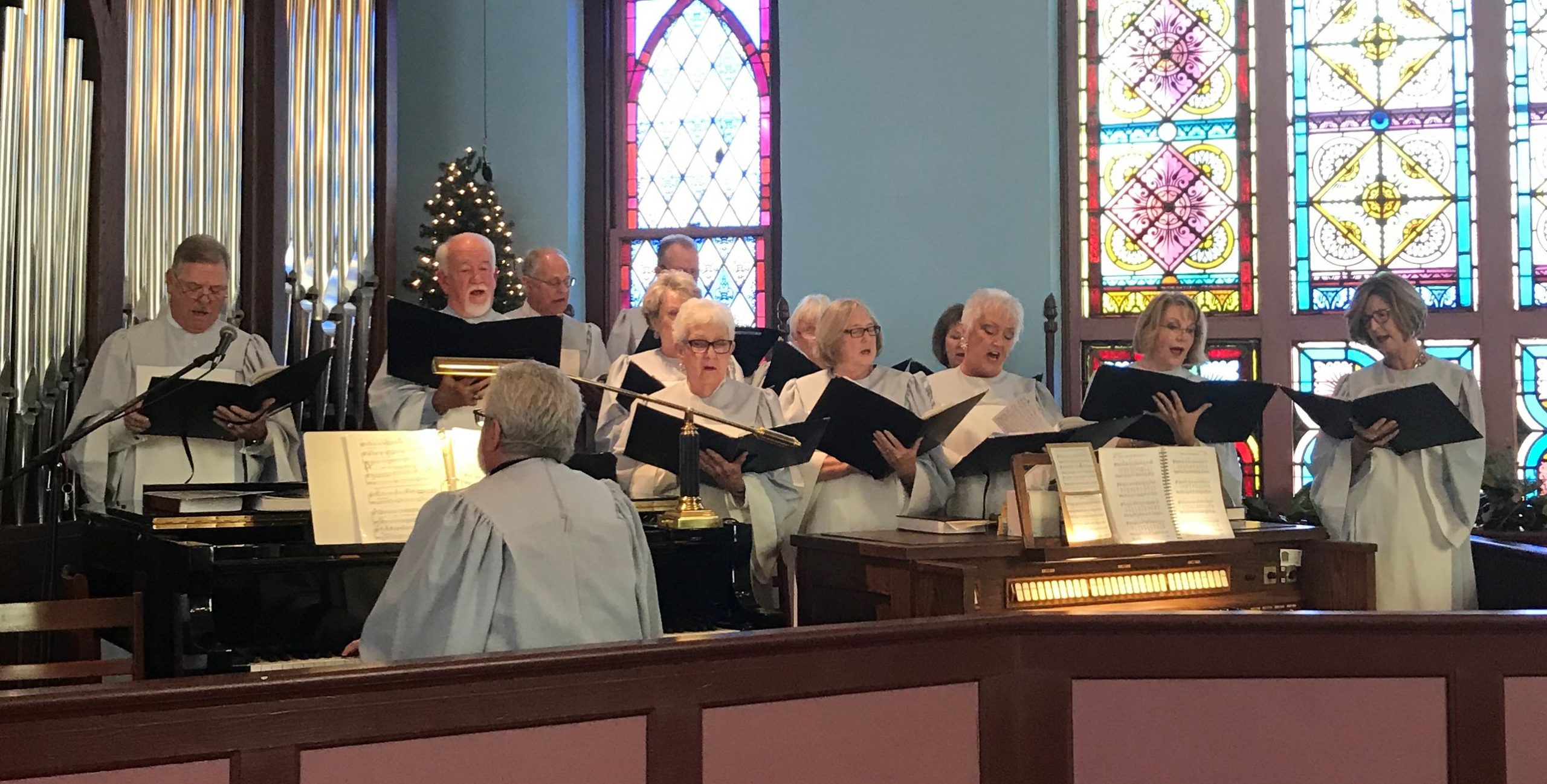

Pate focused on Protestant missionaries, whereas Jaffarian’s analysis showed the comparison including Roman Catholic missionaries. My own observation is that Pate’s projection was not totally unsupported, even though he did not compare the same kind of missionaries.


The 1938 IMC foresaw the future of world Christianity resting with the younger churches. The main theme of the 1938 International Missionary Council (IMC) conference in Tambaram was the ‘Upbuilding of the younger churches as a part of the historic universal Christian community’. What are the realities of this transition? How can we understand its nature? What does this change imply for future intercultural ministries? These are important questions to ask as we envision and strategise future ministries. The 20 th century marked a change in the flow of missionary personnel and financial resources from the Western world to the non-Western or majority world, and from the Global North to the Global South. The historical pattern of expansion in mission resourcing has not been a process of even progress from a single center. We are constantly challenged by the creativity, persistence, and determination on the part of our global partners in sparking mission movements in their local churches and communities.) This thinking resonates with us here at Storyline as we have the opportunity, on a regular basis to sit with global leaders and discuss the challenges and opportunities that are before them. (This article is reposted from and written by Steve Moon.


 0 kommentar(er)
0 kommentar(er)
